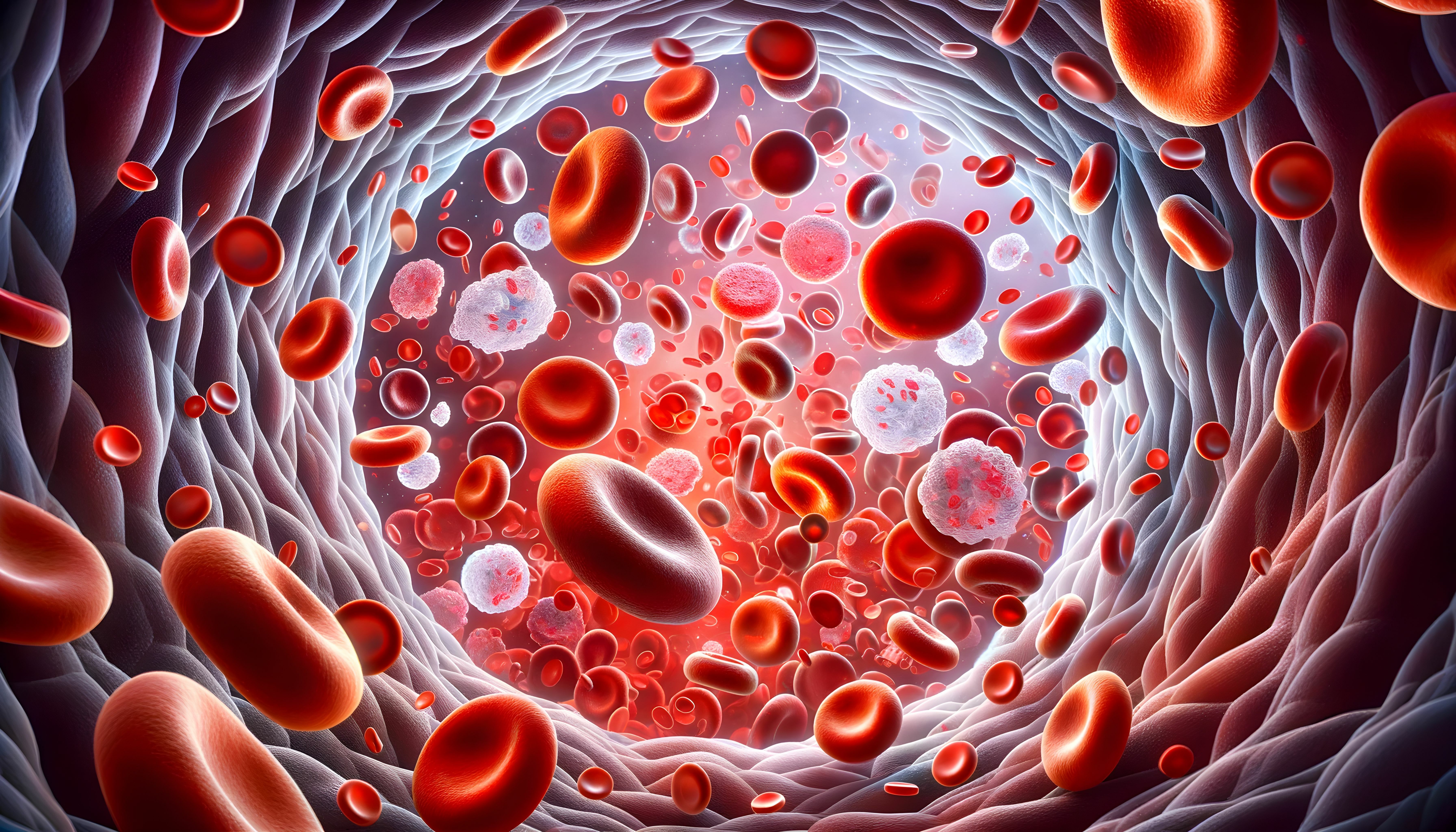Article
Beyond Diabetes: SGLT2 Inhibitors in Heart Failure, CKD, and in Combination With GLP-1 RAs
Author(s):
How therapeutic advances can address all 3 conditions was the topic of a symposium Friday during the 81st Scientific Sessions of the American Diabetes Association (ADA), “The Intersection of Diabetes, Heart Failure and Kidney Disease: Challenges and New Insights.”
Sodium glucose co-transporter 2 (SGLT2) inhibitors have revolutionized type 2 diabetes (T2D) care over the past decade, after outcomes trials showed the drug class cut the risk of heart failure hospitalization and prevented kidney failure.
The discoveries have shed light on the relationship among diabetes, heart failure, and chronic kidney disease (CKD), each of which elevates the risk of the other conditions. How therapeutic advances can address all 3 conditions was the topic of a symposium Friday during the 81st Scientific Sessions of the American Diabetes Association (ADA), “The Intersection of Diabetes, Heart Failure and Kidney Disease: Challenges and New Insights.”
Cardiologist Sanjay Kaul, MD, of Cedar Sinai Medical Center, Los Angeles, California, served as moderator, with the following panelists:
- Biykem Bozkurt, MD, PhD, professor of medicine, Baylor University, a heart fitness specialist, addressed the relationship between heart failure and diabetes.
- Harriette Van Spall, MD, MPH, associate professor, McMaster University, discussed treatment of diabetic kidney disease.
- Vanita Aroda, MD, director of Diabetes Clinical Research, Brigham and Women’s Hospital, discussed combining SGLT2 inhibitors and glucagon-like peptide-1 (GLP-1) receptor agonists in mitigating cardiorenal risk.
Diabetes and Heart Failure
Bozkurt outlined how having diabetes greatly multiples the risk of heart failure; just having prediabetes puts patients at the first stage of risk for heart failure, and currently 100 million people in the United States—about a third of the population—are in the first 2 stages of heart failure.
Much of the risk could be avoided by maintaining a healthy lifestyle—keeping weight in check, and maintaining blood glucose within guidelines. But when patients need therapies, there are more choices than ever, she said.
“We also have new treatment strategies that are paradigm changing, such as SGLT2 inhibitors, which are known to the cardiometabolic community and appear to have cardiovascular effects beyond their glucose [lowering] effects,” Bozkurt said. “We do not know the exact mechanism of action.”
She noted that the benefits of SGLT2 inhibitors in reducing heart failure hospitalization have been seen across multiple trials and for multiple therapies—canagliflozin, dapagliflozin, empagliflozin, and ertugliflozin. In the initial cardiovascular outcomes trials, “There's approximately 30% to 35% reduction in heart failure hospitalizations among patients with diabetes and cardiovascular risk.... These trials enrolled patients with diabetes with either established cardiovascular disease or just with risk for cardiovascular disease, the majority [did] not have heart failure.”
The new questions, she said, are whether patients should be treated with GLP-1 RAs alongside SGLT2 inhibitors—if they need more therapy to achieve glycemic control—and whether SGLT2 inhibitors should be started earlier for patients with increased heart failure risk. Biomarkers can help determine which patients would benefit from such treatment, Bozkurt said.
“Several trials provide us great insight for predicting heart failure,” she said. “Risk stratification with biomarkers can help us identify patients at higher risk for heart failure and identify who may have higher absolute risk reduction for treatments with SGLT2 therapy in patients with diabetes.”
Diabetic Kidney Disease
Van Spall noted the overlap between CKD and diabetes: 35% of those with diabetes have CKD, and cardiovascular disease is also common, with high health care utilization. All patients with diabetes should be screened for diabetic kidney disease (DKD) Van Spall said.
“Once this diagnosis is confirmed, [patients] should be initiated on therapies to improve both cardiovascular and renal outcomes. Of course, the management of renal disease and patients with diabetic kidney disease is limited by a small number of trials, primarily testing the effect of interventions on cardiovascular outcomes, but some trials reporting we will outcomes as secondary endpoints.
“And in the current era, a larger proportion of trials now focusing on those renal endpoints of importance the pharmacotherapies have tested have been tested primarily in patients with type 2 diabetes,” she said.
Lifestyle modification, including low protein diets and increased physical activity, may be advised. “There's a graded mortality risk associated with the degree of inactivity, weight loss and patients who are obese might improve outcomes. Much of this evidence is from observational studies, either retrospective or prospective and obese patients with or without diabetes,” Van Spall said.
When it comes to therapy, SGLT2 inhibitors are emerging as a choice. Older options, such as angiotensin-converting enzyme (ACE) inhibitors, have substantial evidence for some end points, but not others. Van Spall pointed to a large observational study that showed a 67% reduction in the incidence of renal disease (stage 4 or 5 CKD). But this drug class was known shown to reduce all-cause mortality, except for patients on target dose ACE inhibitors.
Results of the DAPA-CKD study showed the substantial benefits of dapagliflozin in slowing renal decline and reducing the risk of cardiovascular or renal death. Recent results for sotagliflozin, a dual SGLT1/2 inhibitor, in diabetes and CKD show adverse events were more common than with SGLT2 inhibitors.
Van Spall also reviewed results from the FIDELIO-DKD trial for finerenone, which found a reduced risk of CKD in diabetes, but noted the substantial increases in risk of investigator reported hyperkalemia. “So, use of this therapy should be accompanied by careful monitoring,” she said.
Investigators are waiting for more results for GLP-1 RAs in CKD; Van Spall said to look for composite results in 2024.
Combination Therapy
Should SGLT2 inhibitors and GLP-1 RAs be used together? Sometimes, the answer is yes, Aroda said.
For patients with highly elevated blood glucose (glycated hemoglobin above 8%) significant heart failure risk, and stroke risk, the combination makes sense, she said. Cardiovascular, heart failure, and renal outcomes trials have shown complementary rather than overlapping effects; in particular, GLP-1 RAs show a benefit in stroke reduction that has not been seen in SGLT2 inhibitors. Meanwhile, GLP-1 RAs have more powerful glucose-lowering and weight loss effects, while SGLT2 inhibitors have thus far demonstrated significant heart failure and hard renal end points, with mechanisms that appear to work separately from their glucose-lowering effects.
Aroda said the complementary benefits are especially important with the rising incidence of diabetes and obesity among younger patients, for whom disease progression would likely lead to complication such as blindness or possibly limb loss.
She noted that there isn’t a combination outcomes trial with an SGLT2 inhibitor and GLP-1 RA. But the lack of such a study doesn’t mean clinicians shouldn’t use the drugs together in practice—earlier classes of drugs that lacked a combination trial have been used together.
“So, what does current clinical guidance recommend?” she asked. Despite their inclusion in the 2021 ADA Standards of Medical Care in Diabetes, which was endorsed by the American College of Cardiology (ACC), as well as the ACC 2020 Expert Consensus Decision Pathway, the biggest challenge isn’t getting clinicians to use the classes of therapy in combination but to get them to use these new classes at all—despite the first approvals being 8 years old.
Aroda pointed to a 2021 study based on Anthem claims data pointed to “alarming gaps” in the use of evidence-based therapies, despite their inclusion in guidelines.

The Importance of Examining and Preventing Atrial Fibrillation



